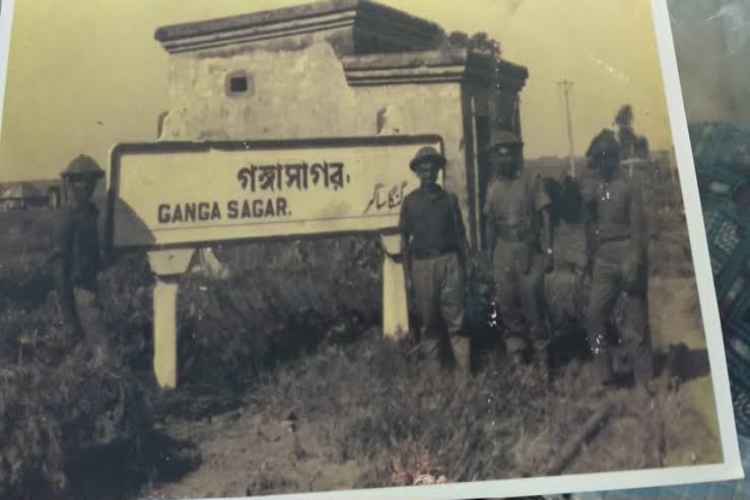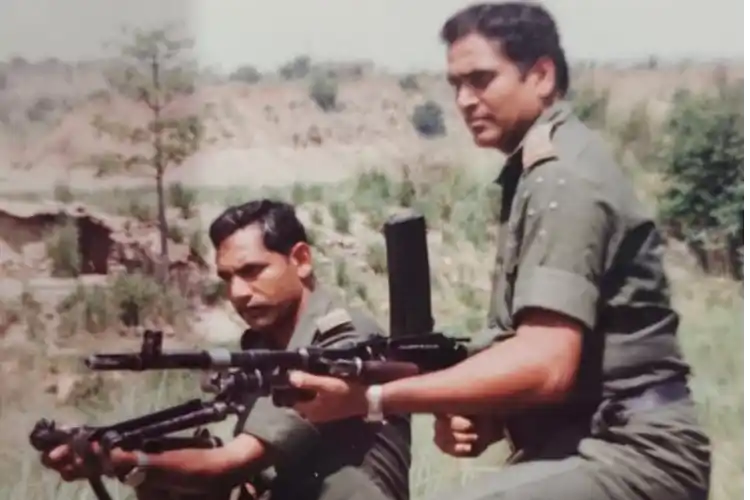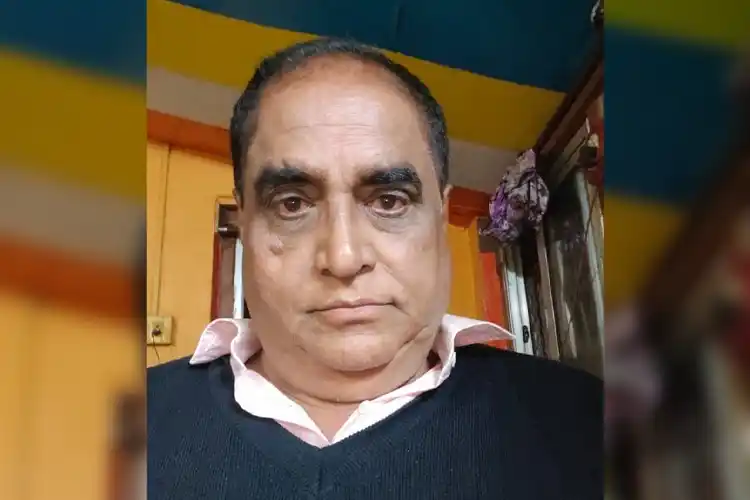
Sabir Hussain
New Delhi:The 1971 war with Pakistan still stands out for a brilliant military campaign that severed East Pakistan and gave birth to Bangladesh.
On the 50th anniversary of India’s greatest military triumph, Awaz-The Voice spoke to two veterans who saw action in the war. Brigadier (Retd) Arjan Dutta, now a Director at the SSB Academy of Amity University in Noida, was a greenhorn when the hostilities broke out between India and Pakistan.
“I joined the army in 1970. Just a year later I was fighting in the war as a Lieutenant in the Army Air Defence. I was stationed in Borjhar (Guwahati) and then we were moved to Plassey in Bengal. By the time we were in Bangladesh, it helped that the locals were with us. The war in the eastern sector was a fast-moving one. So much so that even after occupying a place there was no need to stay put and we had to keep pushing ahead,” says Brigadier Dutta.
The Army Air Defence unit at that time mostly used the Bofors L/60, an anti-aircraft autocannon. The L/70 a more sophisticated weapon that was radar-controlled with double the rate of fire of 40mm L/60, longer range, all-weather and higher lethality was also used but those were fewer in service. Most Pakistani warplanes were shot down by L/60 guns.
.webp) Brigadier (retd) Arjan Dutta was a Lieutenant in the Army Air Defence in the 1971 war
Brigadier (retd) Arjan Dutta was a Lieutenant in the Army Air Defence in the 1971 war
Brigadier Dutta acknowledges that there was always an element of fear in every battle but like other soldiers, he pushed on regardless.
“During the thick of battle, there is always some sort of fear. But we were young then and there was a rush of adrenaline. As a youngster, you press and are not very bothered.”
He says he was not very surprised when Pakistan capitulated in the east fairly quickly.
“We destroyed their air force in the east. And without air cover their ground forces did not stand a chance,” he says.
For the young officer, there was no respite after the action was over in the east. His unit was promptly moved to the western sector.
“Weapons mattered. So we were put in a train to Rajasthan which travelled almost non-stop to Jodhpur before being deployed in the border area in the desert beyond which was Naya Chor area in Pakistan’s Sindh province. But compared to the eastern sector where the action was fast and furious, it was largely static in the desert although there was a lot of action. We were in the middle of fighting when the ceasefire announced,” he recalls.
So what was it like in the immediate aftermath of the war?
“When it ended it was a feeling of relief. But then you don’t get to pull back immediately to previous positions. It took time before we got back to normal soldiering.”
India’s spectacular victory had also extracted a price and many of the young Lieutenant's friends paid with their lives.“I lost many coursemates and most of the casualties were on the western sector. We were from the IMA and were commissioned in 1970,” he recalls.
Another veteran, Major DN Das, was a 20-year-old sepoy in 14 Guards which was a part of the 73 Mountain Brigade and had been involved in the eastern sector months before India formally declared war.
“We trained the Mukti Bahini from April in the Mizo Hills. Closer to the war, I was part of reconnaissance missions inside East Pakistan as we primed for action. When the war broke out, 14 Guards was tasked with capturing Gangasagar railway station before 6 am of December 3 which meant the operation had to be carried out in the night,” says Major Das who hails from Jashipur in Odisha’s Mayurbbhanj district.
 Major D.N. Das (R) during his soldiering days.
Major D.N. Das (R) during his soldiering days.
“We observed that Pakistani soldiers were walking on the rail tracks and that meant that the surrounding areas were mined. It was an audacious gamble that we took to advance along the rail track despite a host of fortified enemy bunkers in the vicinity,” he recalls.
It didn’t take long for the fighting to erupt. Despite heavy fire, 14 Guards continued to advance clearing bunker after bunker killing many enemy soldiers and forcing many others to flee.
Major Das remembers Lance Naik Albert Ekka who showed exemplary courage to silence a Pakistani machine gun post. He charged the enemy bunker, bayoneted two enemy soldiers and silenced the machine gun post with a grenade. Despite injuries, he continued to fight as the Indian soldiers cleared bunker after bunker.
14 Guards secured the station after a few hours of fighting. But just when they thought they had things under control, an enemy machine gun opened up from the second storey of a well-fortified building inflicting heavy casualties.“Four of our men died in front of me in the machine gunfire. Albert Ekka crawled forward till he reached the building and lobbed a grenade into the bunker killing one enemy soldier and injuring the other. But a third soldier kept firing the machine gun. Ekka then scaled a side wall, entered the bunker, bayoneted the enemy soldier who was still firing and thereby silenced the machine gun. But he was badly injured and all I could do was to give him a morphine injection. He died soon. The Gangasagar operation cost us 11 men and left 60 injured,” Major Das recalls.
During the last stages of the battle, Major Das was injured when a splinter from a shell hit his right ankle. It wasn’t only gunfire the 14 Guards had to contend with. They also came under attack from Pakistani Sabre jets in the morning.
“Two Mukti Bahini men were evacuating me but they ran away after Pakistani fighter planes attacked us shortly after daylight. One of our own men finally rescued me. We took shelter in trenches and foxholes to escape the air attack. The injury meant I was out of the war. I was first taken to a field hospital, and then to the Guwahati Medical College before being moved to the Command Hospital in Kolkata. I remained in hospital for more than a month. While I was at the Command Hospital, Prime Minister Indira Gandhi and Sheikh Mujibur Rahman came to visit injured soldiers about a month after the war ended.”

Major D.N. Das
Major D.N. Das was involved in close quarter combat with Pakistani forces during the attack on Gangasagar railway station in East Pakistan.
Also Read: India fought for freedom of Bangladesh as world didn't care
Major Das who rose through the ranks to become an officer, retired from the army in 2003. The Gangasagar operation remains a high point of his life. He has been instrumental in forming a group called the Gangasagar Day Golden Jubilee Odisha 2021 that celebrated the battle anniversary in his home town of Jashipur with veterans of 14 Guards.
Also Read: Indira Gandhi captained India in her greatest victory to win humanity
Lance Naik Ekka who was buried in Dhulki village near Agartala was honoured with India’s highest military wartime gallantry award Param Vir Chakra on Republic Day 1972.
